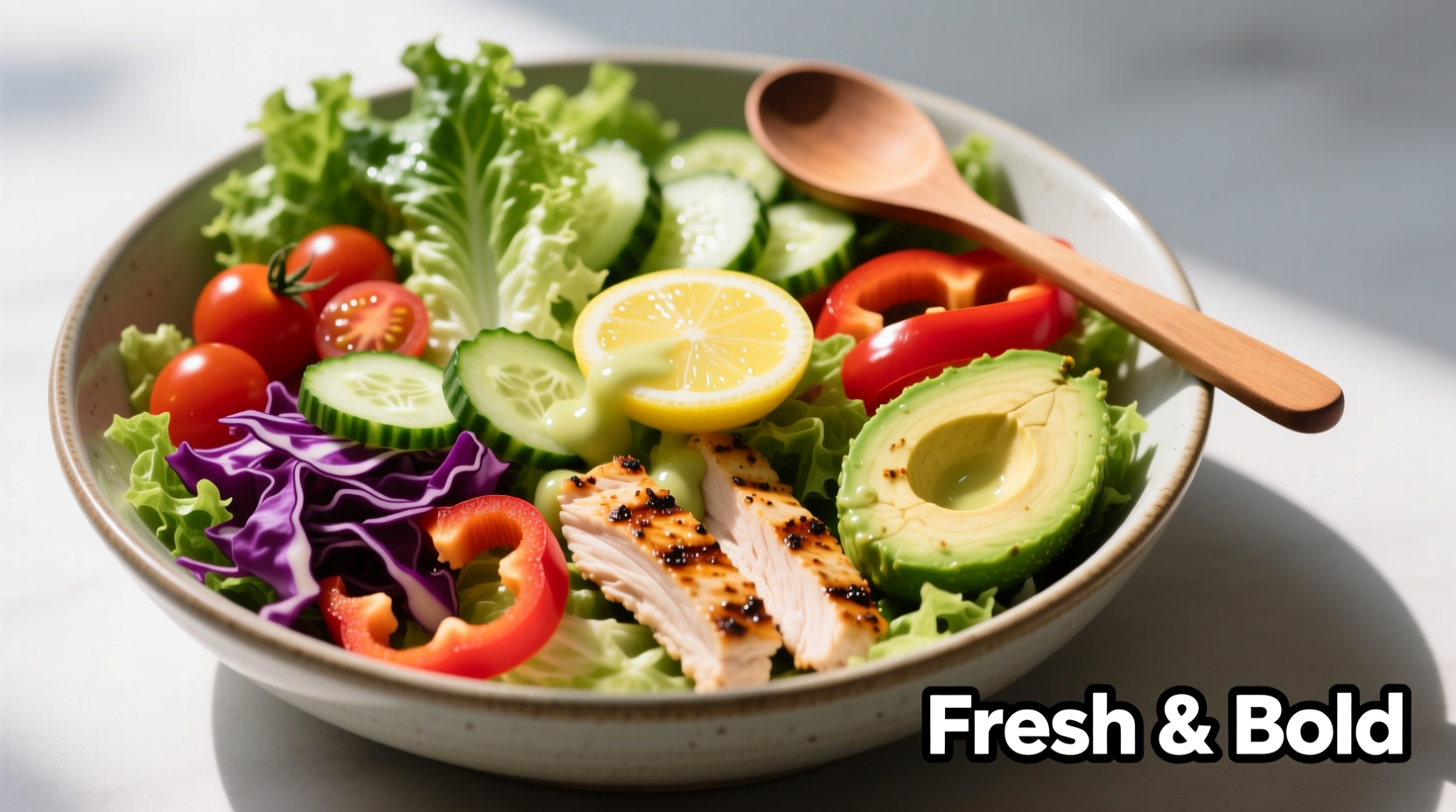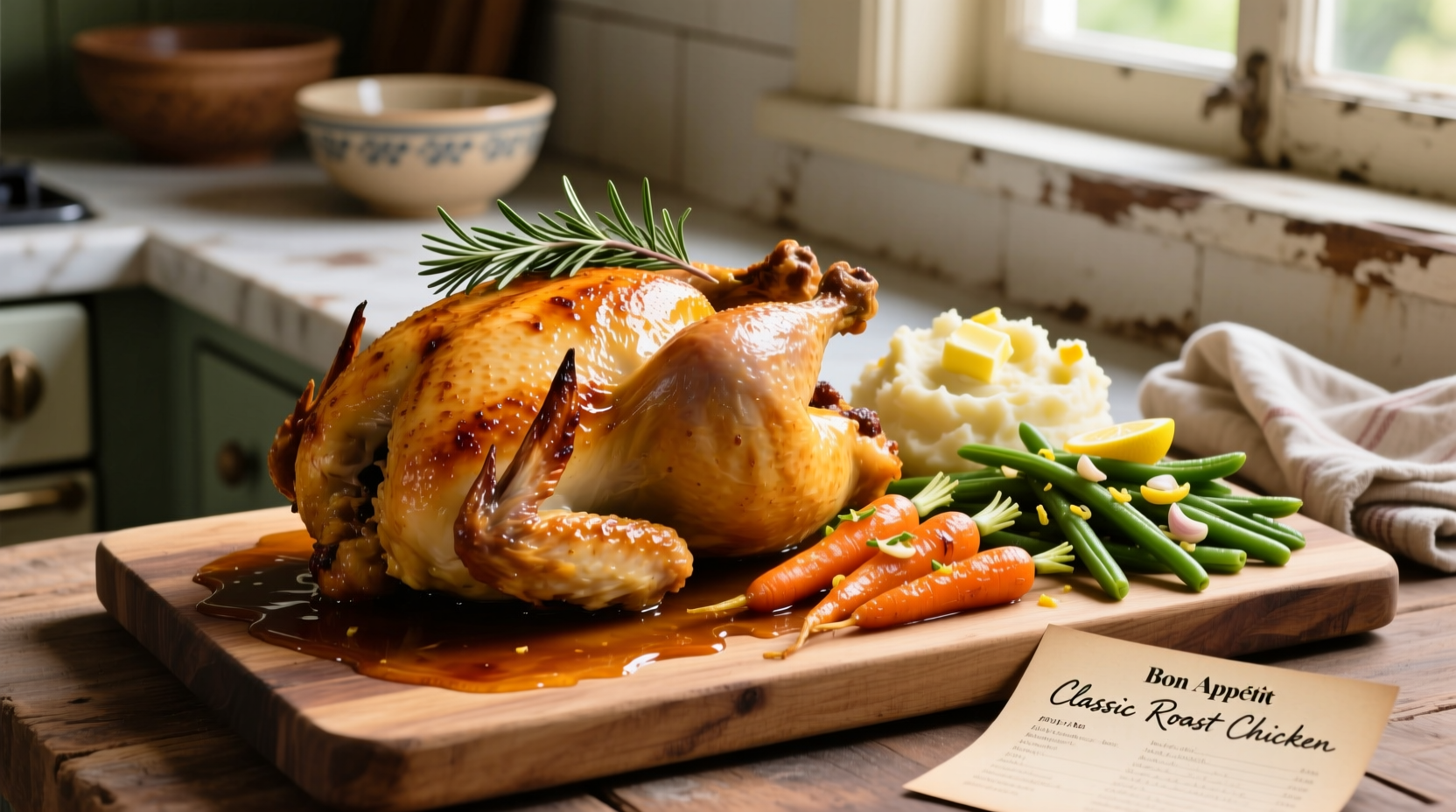Transform your leftover roast chicken into 10 completely new meals in under 30 minutes with these chef-approved recipes. The best ways to use cooked chicken include making hearty soups, vibrant salads, flavorful tacos, and creamy casseroles—maximizing flavor while minimizing food waste.
Leftover roast chicken represents one of the most versatile ingredients in your kitchen. Instead of settling for the same boring sandwiches, professional chefs like myself regularly transform this staple into entirely new culinary experiences. With proper handling and creative techniques, your pre-cooked chicken can become the foundation for globally inspired dishes that satisfy diverse palates and dietary needs.
Why Leftover Roast Chicken Is Your Kitchen's Secret Weapon
According to USDA food safety guidelines, properly stored cooked chicken remains safe to eat for 3-4 days in the refrigerator or up to 4 months when frozen. This extended shelf life makes it an ideal component for meal planning. The Maillard reaction that occurs during roasting develops complex flavor compounds that actually deepen when incorporated into new dishes—unlike raw chicken which requires starting the flavor development process from scratch.
| Preparation Method | Flavor Development | Time Required | Best For |
|---|---|---|---|
| Shredding | Moderate (absorbs sauces well) | 5 minutes | Tacos, casseroles, soups |
| Dicing | High (more surface area) | 8 minutes | Salads, fried rice, pasta |
| Flaking | Low (gentle handling) | 3 minutes | Sandwiches, wraps, topping |
30-Minute Meal Transformations
Light Lunch Solutions
When you need a quick, protein-packed lunch without heaviness, these roast chicken salad recipes deliver maximum flavor with minimal effort. The key is using the right dressing base to complement the chicken's natural richness.
Mediterranean Chicken Power Bowl
- Prep time: 15 minutes
- Key technique: Toss shredded chicken with lemon-herb vinaigrette before assembling
Combine 2 cups shredded roast chicken with chopped cucumber, Kalamata olives, cherry tomatoes, red onion, and crumbled feta. Whisk together 3 tablespoons olive oil, 1 tablespoon red wine vinegar, 1 teaspoon dried oregano, and salt. Toss chicken in half the dressing, then arrange over mixed greens. This preparation method maintains the chicken's moisture while infusing Mediterranean flavors—perfect for meal prep as the flavors improve when stored overnight.
Hearty Dinner Options
Transforming roast chicken into satisfying dinners requires understanding how the pre-cooked protein interacts with starches and liquids. Unlike raw chicken which releases moisture as it cooks, roast chicken absorbs surrounding flavors while maintaining its texture.
Smoky Chicken and White Bean Chili
- Cook time: 25 minutes
- Pro tip: Add chicken at the end to prevent overcooking
Sauté diced onion and bell pepper until soft. Add 2 minced garlic cloves, 1 tablespoon chili powder, and 1 teaspoon smoked paprika. Stir in 2 cans white beans (rinsed), 1½ cups chicken broth, and 1 cup diced tomatoes. Simmer 15 minutes, then fold in 2 cups shredded roast chicken. The University of California Cooperative Extension notes that adding pre-cooked proteins at the end preserves texture and prevents rubberiness—a critical technique for successful leftover transformations.

Global Flavor Adventures
Leftover roast chicken serves as the perfect canvas for international flavors. The key is understanding regional spice profiles and cooking techniques that define authentic dishes while adapting them for home kitchens.
Korean-Inspired Chicken Bibimbap
- Prep time: 20 minutes
- Signature ingredient: Gochujang sauce (Korean chili paste)
Arrange shredded roast chicken over warm rice. Top with sautéed spinach, julienned carrots, bean sprouts, and a fried egg. Drizzle with 2 tablespoons gochujang mixed with 1 tablespoon rice vinegar and 1 teaspoon sesame oil. The complex umami profile of gochujang complements the roasted chicken's natural flavors while adding depth that plain cooked chicken couldn't achieve. This technique demonstrates how professional kitchens maximize ingredient potential through strategic flavor pairing.
Storage and Safety Best Practices
Proper handling ensures your roast chicken remains safe and flavorful for future creations. The FDA recommends cooling cooked chicken within 2 hours (1 hour in hot environments) and storing it in shallow containers for rapid cooling. When repurposing leftovers, always reheat to an internal temperature of 165°F (74°C) to ensure food safety.
For meal preppers: Divide shredded chicken into 1-cup portions with 2 tablespoons of its cooking liquid or broth. This prevents drying during storage and makes incorporation into future dishes seamless. Freezing in this manner preserves quality for up to 4 months—significantly longer than many fresh ingredients.
Common Mistakes to Avoid
Even experienced home cooks make these errors when repurposing roast chicken:
- Overheating: Adding chicken too early in simmering dishes causes dryness
- Ignoring skin: Crispy skin makes excellent crouton alternatives for salads
- Wasting bones: Simmer carcasses for 2 hours to create rich stock
- Uniform seasoning: Adjust salt levels based on original chicken preparation
Professional kitchens maximize every component—chefs at Michelin-starred establishments routinely create three distinct dishes from a single roasted chicken. Your home kitchen can achieve similar efficiency with proper techniques and understanding of flavor dynamics.











 浙公网安备
33010002000092号
浙公网安备
33010002000092号 浙B2-20120091-4
浙B2-20120091-4